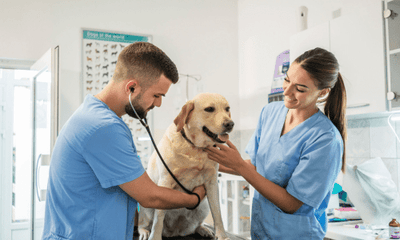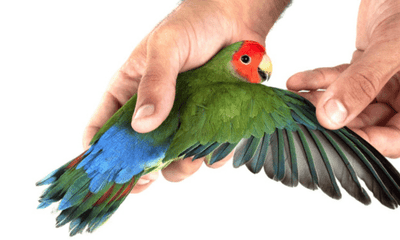Daily walks are essential for a dog's health and wellbeing, it not only keeps them fit and healthy, but helps promote socialisation. Every dog-owner relationship involves a great deal of time and effort dedicated to teaching important skills, and walking on a lead is an essential skill that should be learned by every dog.
Walking on a lead not only helps dogs get out and about for their daily exercise, but also keeps them and other dogs safe. It provides a sense of control and safety for the owner, allowing the dog to explore their surroundings in a safe and controlled way. Teaching your dog to walk on a lead takes time and patience, but with a bit of persistence and positive reinforcement, you and your dog will be enjoying daily walks together in no time.
It is recommended to start training your dog to walk on a lead as early as possible, preferably when they are still a puppy. This allows them to develop good habits from a young age, making the training process easier. If you have an older dog, don’t worry, an older dog can still learn new tricks, and with the right approach, you and your pooch will be out walking before you know it. While some dogs pick it up straight away, others take a little longer, so always remember that patience is key!
Benefits of walking your dog
- Help maintain a healthy weight
- Improve or maintain cardiovascular fitness
- A fun way to strengthen your bond with your dog
- Promotes socialisation
- Reduces anxiety, stress and hyperexcitability
- Reduce boredom, preventing destructive behaviours
- Ensures safety of your dog, other dogs and people
- Promotes joint health
Introducing the collar and lead
The first step to teaching your dog to walk on a lead is introducing them to the collar and lead. You should introduce these new items to your dog as soon as possible by letting them sniff and explore them. This will help them feel comfortable around the new items, and prevent them from becoming fearful. Once your dog is calm and relaxed around these items, you should start by attaching the collar, ensuring there is about a two-finger gap between the collar and your dog’s neck. Repeat this process until your dog is comfortable wearing the collar, rewarding good behaviour each time.
Once your puppy is happy wearing their new collar, attach the lead to their collar, continuing to provide positive reinforcement through praise and treats. Let your dog walk around the house with the lead dragging next to them, getting them used to the feeling of being on a lead. With a bit of practice, your dog should be comfortable wearing both of their new accessories.
Walking beside you
In the next step, you should start by taking your dog to a quiet and familiar area such as your backyard or a quiet park and start to teach them to walk beside you. Make sure you keep your lead short, holding it close to your body, and use a command such as ‘walk’ before you start walking. If you notice that your dog pulls or wanders ahead, stop walking and wait for them to come back to your side. Stand still for a moment so they learn that this behaviour means no walking, and don’t continue until they return to your side.
It is important that you do not drag or force your dog into walking. Instead, encourage them to walk next to you and reward good behaviour with praise or a treat. Repeat this consistently so your dog learns that walking beside you is the desired behaviour. You should start with short sessions on the lead, and reward regularly, offering a treat every few paces that your dog walks on the leash next to you without pulling.
Common challenges you might face
Dogs often pull because they are excited or want to explore something. It is important to address any pulling or lunging behaviour as soon as it happens, so your dog learns that this is not the desired behaviour. You should discourage the behaviour by stopping, waiting for your dog to calm down, and then continue.
Distractions are another common challenge when teaching your dog to walk on a lead. Dogs are naturally curious, and may become distracted by other dogs, other people or random objects. We recommend starting training in a quiet area with minimal distractions for your dog to develop good habits and reinforce the desired behaviours. When your dog is distracted, use a command to redirect their attention to you, and reward them when they respond. Don’t forget that puppies have short attention spans - so be patient!
Our top tips
- Always praise or reward good behaviour
- Be patient and take it slow
- Consistency is key - practice regularly
- Increase distance gradually
- Change direction frequently to keep your dog paying attention
- Start in a familiar environment, free of distractions
- Never pull your dog, always ensure the lead is loose
- If pulling problems persist, seek professional advice
Training your dog to walk with you will set you both up for years of enjoyment and help to keep your furry friend safe when they are out and about. Be patient, and allow your dog to sniff, explore, and enjoy being outside with you. Make walking fun so it becomes an activity both you and your dog enjoy! If you have any concerns about your dog’s behaviour when you are teaching them to walk, be sure to seek advice from a qualified veterinarian or accredited dog trainer.






